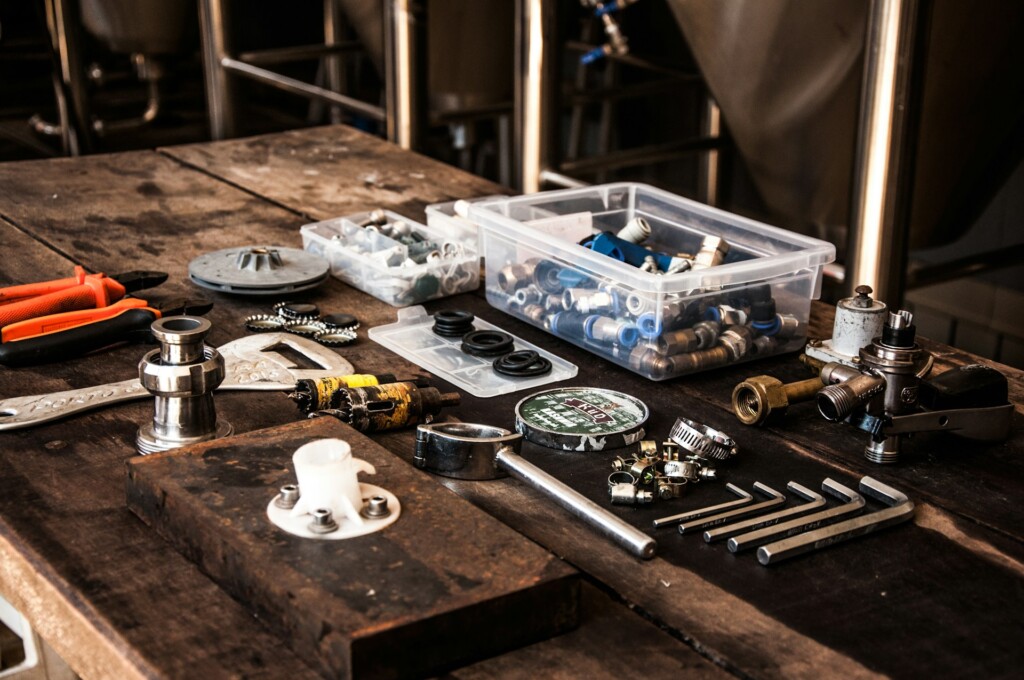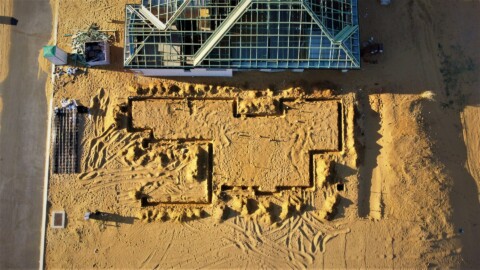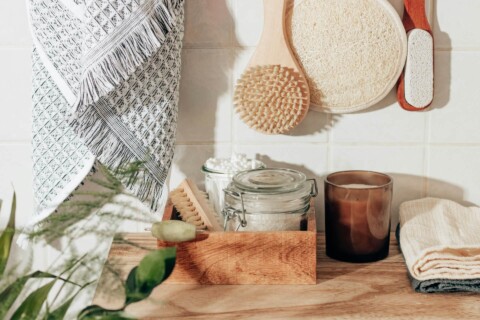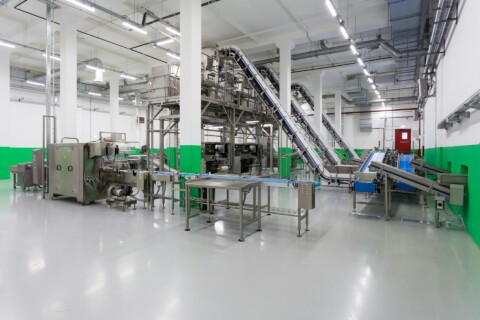Every homeowner faces plumbing issues at some point. The difference between a minor inconvenience and a major disaster often comes down to prevention and early detection. This comprehensive guide covers the most effective strategies to maintain your home’s plumbing system, prevent costly repairs, and protect your property from water damage.
Understanding basic home plumbing tips helps you identify problems before they become emergencies. With proper care and attention, you can extend the life of your fixtures, reduce water bills, and avoid the stress of unexpected plumbing failures.
Regular Inspection and Maintenance Routines
Monthly Visual Checks
Establish a monthly routine to inspect visible plumbing components throughout your home. Check under sinks, around toilets, and near water heaters for signs of moisture, corrosion, or unusual wear. Look for water stains on walls or ceilings that might indicate hidden leaks.
Pay attention to water pressure changes in different fixtures. Sudden pressure drops often signal developing blockages or pipe problems. Document any changes you notice to track patterns over time.
Seasonal Maintenance Tasks
Different seasons require specific plumbing maintenance attention. During spring, check outdoor faucets and irrigation systems for winter damage. Summer brings increased water usage, making it an ideal time to inspect high-use fixtures and appliances.
Fall preparation includes insulating exposed pipes and checking heating systems. Winter requires vigilance against freezing pipes and monitoring for ice dam formation that can affect plumbing systems.
Professional services like those offered by Shaw Plumbing Services can provide comprehensive seasonal inspections to identify potential problems before they become serious issues.
Leak Prevention Strategies
Understanding Common Leak Sources
Most household leaks develop in predictable locations. Toilet bases, sink connections, and water heater tanks represent the most frequent failure points. Understanding these vulnerabilities helps you focus your prevention efforts effectively.
Pipe joints and connections experience the most stress during temperature changes and water pressure fluctuations. Regular inspection of these areas can reveal early signs of deterioration before major leaks develop.
Proactive Leak Prevention Measures
Replace rubber washers and gaskets before they fail. These inexpensive components prevent most minor leaks when maintained properly. Keep spare parts on hand for quick repairs when needed.
Install water leak detectors near water heaters, washing machines, and other high-risk areas. These devices provide early warning of developing problems and can prevent extensive water damage.
Check water meter readings regularly to identify unusual usage patterns that might indicate hidden leaks. Unexplained increases in water consumption often reveal problems before they become visible.
Addressing Minor Leaks Promptly
Small leaks rarely stay small. A dripping faucet wastes thousands of gallons annually and often indicates deteriorating internal components. Address these issues promptly to prevent more extensive damage.
Learn to identify different types of leaks and their typical causes. Understanding whether a leak stems from worn seals, loose connections, or pipe damage helps you determine appropriate response actions.
Drain Care and Clog Prevention
Proper Drain Usage Habits
Prevention remains the most effective approach to drain maintenance. Avoid putting grease, coffee grounds, and food scraps down kitchen drains. Use drain screens to catch hair and debris before they enter the system.
Bathroom drains require special attention due to soap scum and hair accumulation. Regular cleaning with appropriate products helps maintain proper flow and prevents stubborn blockages.
Natural Cleaning Methods
Hot water flushes work effectively for regular maintenance. Pour hot water down drains weekly to dissolve soap residue and minor buildup. This simple practice prevents many common drainage problems.
Baking soda and vinegar combinations provide gentle cleaning action without harsh chemicals. These natural solutions help maintain drain health while being safe for pipes and the environment.
Recognizing Serious Drain Problems
Multiple drains backing up simultaneously indicate main line problems requiring professional attention. Don’t attempt to clear these blockages yourself, as improper techniques can worsen the situation.
Persistent slow drainage despite cleaning efforts suggests deeper system issues. Professional drain cleaning services have specialized equipment to address these problems effectively.
Water Heater Maintenance
Routine Water Heater Care
Flush your water heater annually to remove sediment buildup that reduces efficiency and shortens equipment life. This simple maintenance task significantly improves performance and prevents premature failure.
Check the temperature and pressure relief valve regularly to ensure proper operation. This critical safety component prevents dangerous pressure buildup that could cause tank failure.
Signs of Water Heater Problems
Unusual noises from your water heater often indicate sediment buildup or heating element problems. Popping, rumbling, or hissing sounds require professional evaluation to prevent system failure.
Discolored or rusty water from hot taps suggests internal tank corrosion. This condition typically requires water heater replacement, as internal damage rarely reverses.
Extending Water Heater Life
Proper temperature settings balance comfort with efficiency. Setting your water heater to 120 degrees Fahrenheit provides adequate hot water while reducing energy costs and extending equipment life.
Regular maintenance by qualified professionals ensures optimal performance and identifies potential problems before they cause system failure. Annual inspections can double the life of your water heater.
Pipe Protection and Insulation
Preventing Frozen Pipes
Pipe insulation represents one of the most cost-effective investments in plumbing maintenance. Properly insulated pipes resist freezing and reduce energy losses from hot water lines.
Maintain adequate heating in areas containing plumbing, especially basements, crawl spaces, and exterior walls. Even minimal heating prevents the freezing that causes pipe bursts and extensive water damage.
Protecting Pipes from Physical Damage
Secure loose pipes to prevent vibration damage from water hammering or settling. Proper support reduces stress on joints and connections, extending system life significantly.
Be careful when doing renovation work near plumbing lines. Know the location of pipes before drilling or nailing into walls to avoid accidental damage.
Addressing Pipe Aging
Older homes often have pipes nearing the end of their useful life. Understanding the typical lifespan of different pipe materials helps you plan for eventual replacement before failures occur.
Watch for signs of pipe deterioration such as discolored water, reduced pressure, or visible corrosion. These indicators suggest the need for professional evaluation and possible replacement.
Toilet Maintenance and Care
Regular Toilet Maintenance
Check toilet components regularly for proper operation. Ensure the flapper seals correctly, the fill valve operates smoothly, and all connections remain tight. Small adjustments prevent major problems.
Clean toilet tanks periodically to remove mineral buildup that can interfere with proper operation. This maintenance prevents running toilets and other common issues.
Preventing Toilet Clogs
Educate household members about proper toilet usage. Only human waste and toilet paper should enter the system. Other materials commonly cause blockages that require professional clearing.
Address slow-draining toilets promptly, as this condition often worsens over time. Early intervention prevents complete blockages and potential overflow situations.
Identifying Serious Toilet Problems
Water pooling around the toilet base indicates seal failure that requires immediate attention. This condition can cause floor damage and create health hazards if not addressed quickly.
Persistent running or cycling suggests internal component failure. While often repairable, these problems waste significant water and increase utility costs.
Smart Home Plumbing Solutions
Water Monitoring Technology
Modern water monitoring systems provide real-time information about water usage and can detect leaks automatically. These systems shut off water supply when problems develop, preventing extensive damage.
Smart water meters help identify usage patterns and detect unusual consumption that might indicate hidden leaks. This technology provides valuable insights for maintaining efficient water usage.
Automated Maintenance Reminders
Use smartphone apps or calendar systems to track maintenance schedules. Regular reminders ensure important tasks like water heater flushing and drain cleaning happen consistently.
Document maintenance activities and any problems discovered. This information helps professional plumbers diagnose issues and provides valuable history for warranty claims.
Emergency Response Planning
Develop a plan for plumbing emergencies including knowing the location of main water shutoffs and having contact information for reliable emergency services readily available.
Keep basic plumbing tools and emergency supplies accessible. Quick response to minor problems prevents them from becoming major disasters.
Professional Service Integration
When to Call Professionals
Recognize the limits of DIY plumbing maintenance. Complex repairs, gas line work, and major installations require professional expertise to ensure safety and code compliance.
Establish relationships with trusted plumbing professionals before emergencies occur. Companies like Shaw Plumbing Services (https://shawplumbingservices.com/) provide comprehensive maintenance and emergency services to keep your system operating reliably.
Maximizing Professional Service Value
Prepare for professional visits by documenting problems and gathering relevant information. This preparation helps technicians diagnose issues efficiently and provide accurate solutions.
Ask questions during professional visits to better understand your plumbing system and learn about additional maintenance you can perform yourself.
Building Long-Term Plumbing Health
Home plumbing maintenance requires consistent attention and proper technique. By implementing these leak prevention strategies, you protect your investment, reduce repair costs, and maintain a healthy living environment.
Remember that plumbing systems are interconnected. Problems in one area often affect others, making comprehensive maintenance essential for optimal performance. Regular attention to these details prevents most major plumbing disasters and ensures reliable service for years to come.
Professional maintenance partnerships provide expertise and peace of mind that complement your prevention efforts. Together, these approaches create a comprehensive strategy for maintaining your home’s plumbing system effectively.






